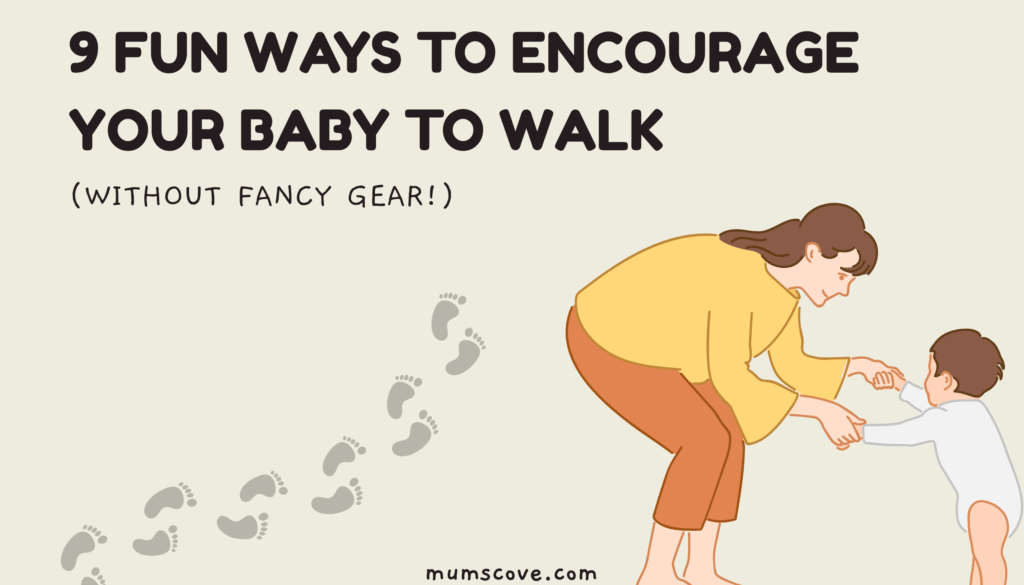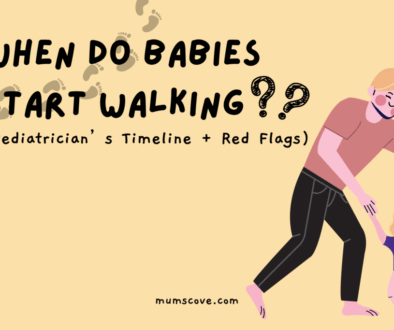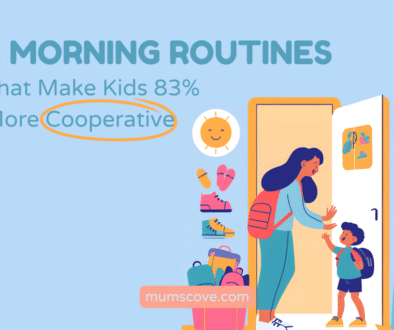How to Encourage Your Baby to Walk: 9 Natural Ways (No Gear Needed!)
Watching your baby take their first steps is an unforgettable milestone! If you’re wondering how to encourage your baby to walk without expensive gear, and in a fun ways? these pediatrician-approved tips use everyday play to build strength, balance, and confidence.
Why You Should Encourage Your Baby to Walk Naturally
Before we dive into activities, it’s important to understand why simple, natural movement beats fancy equipment. Walkers and positioning devices can actually delay walking development by 3-4 weeks according to the American Academy of Pediatrics. Babies learn best through organic exploration and play that engages their natural curiosity. These activities work with your child’s instincts to make walking fun and rewarding, not pressured.
9 Best Ways to Encourage Your Baby to Walk
1. Cruise Along Furniture (The Coffee Table Shuffle)
This classic activity remains one of the most effective ways to build walking skills. Place favorite toys just out of reach along the couch or coffee table. As your baby moves sideways while holding on, they develop:
-
Crucial leg strength
-
Side-to-side balance
-
Confidence in weight shifting
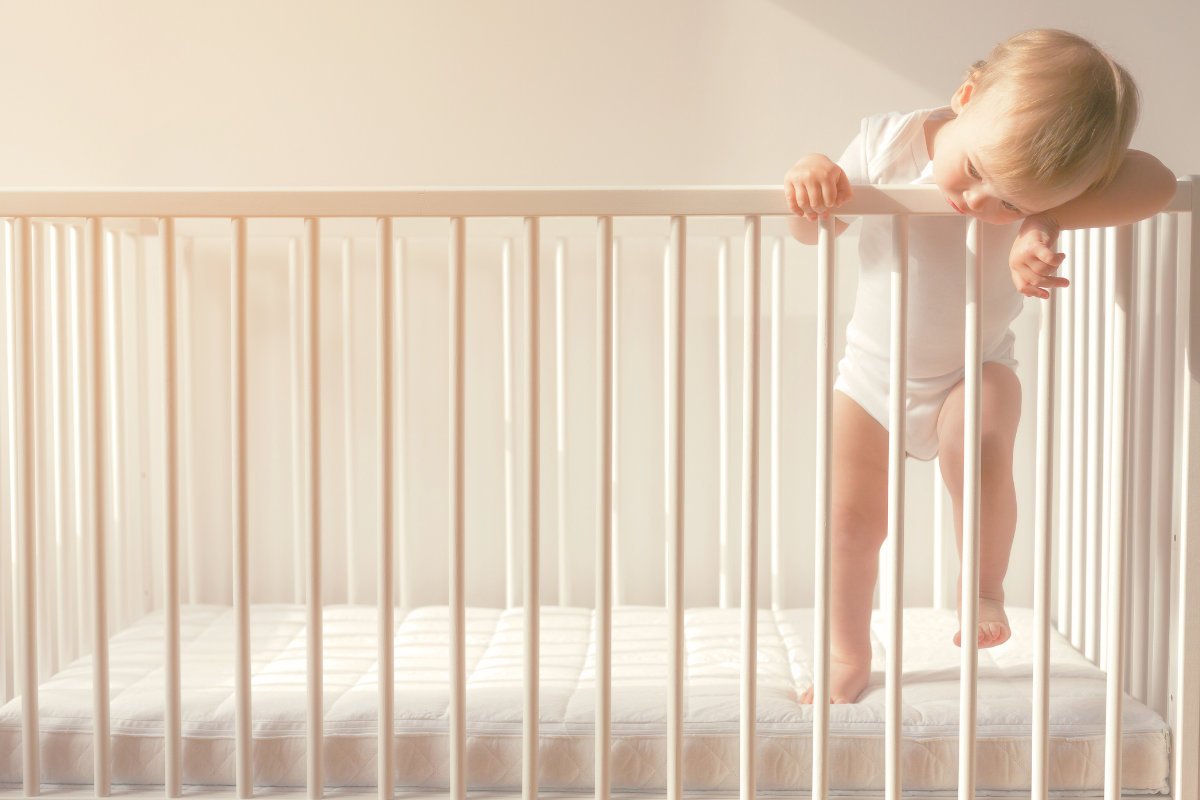
Pro Tip: Place non-slip mats under furniture edges for safety. My daughter loved “shopping” along the couch, moving small toys from one end to the other.
2. Push a Laundry Basket (The Ultimate DIY Push Toy)
Transform a lightweight basket into the perfect walking aid by:
-
Adding 2-3 soft toys for slight weight
-
Ensuring it’s tall enough for baby to reach comfortably
-
Placing on carpet for better traction
Unlike walkers that encourage unnatural movement, pushing develops:
-
Proper upright posture
-
Arm-leg coordination
-
Spatial awareness
Safety Note: Always supervise as baskets can tip if pushed too fast.
3. Barefoot Time for Better Balance
Those tiny toes are nature’s perfect grip socks! Pediatric physical therapists recommend:
-
30+ minutes daily of barefoot play
-
Soft-soled shoes only when necessary
-
Avoiding stiff footwear until confident walking
Bare feet help babies:
-
Feel the ground better
-
Develop arch strength
-
Adjust balance naturally
Real Mom Tip: “We did ‘toe time’ after diaper changes – just 5 minutes of barefoot play several times a day made a noticeable difference in balance.”
4. Squat-and-Stand Games (Building Powerful Legs)
This simple exercise strengthens all the right muscles:
-
Place toys on a low stool or bottom stair
-
Encourage baby to stand up to reach them
-
Cheer when they return to sitting
Each squat works:
-
Thigh muscles (quadriceps)
-
Hip flexors
-
Core stability
Developmental Bonus: This motion mimics how babies naturally stand up from crawling position.
5. Hold at the Hips, Not Hands
When assisting your baby:
✅ Do: Support around the ribcage
❌ Don’t: Pull up by hands
Proper support:
-
Prevents tiptoe walking
-
Encourages natural posture
-
Allows baby to find balance
Expert Insight: “Hand-holding teaches babies to lean forward, while torso support lets them find their center.” – Dr. Sarah Thompson, Pediatric PT
6. Create Step Challenges (The Cushion Bridge)
Build confidence with mini challenges:
-
Place cushions 12-18″ apart between furniture
-
Encourage moving from one support to another
-
Gradually increase distance as skills improve
This teaches:
-
Independent stepping
-
Falling safely
-
Risk assessment
Success Story: “We called it ‘island hopping’ and made it a game. Within 2 weeks, my son was taking 4-5 steps between cushions!”
7. Dance Together (Rhythm Builds Coordination)
Music makes everything more fun! Try:
-
Holding baby while swaying side-to-side
-
Gentle bouncing to the beat
-
Encouraging independent “dancing” while holding furniture
Benefits include:
-
Rhythm development
-
Core engagement
-
Joyful association with movement
Playlist Idea: Choose songs with a clear beat like “You Are My Sunshine” or “Twist and Shout.”
8. Tunnel Play (From Crawling to Walking)
Use a play tunnel to bridge mobility skills:
-
Start with crawling through
-
Later, encourage walking in and out
-
Finally, walk through completely upright
This progression:
-
Maintains crawling strength
-
Builds walking confidence
-
Makes transitions fun
Safety Check: Always spot your baby during tunnel activities.
9. Celebrate Every Attempt (The Power of Praise)
Positive reinforcement works wonders:
-
Applaud 1-2 step attempts
-
Use excited facial expressions
-
Avoid showing disappointment
This builds:
-
Willingness to try
-
Resilience after falls
-
Self-confidence
Child Psych Tip: Specific praise (“You stood all by yourself!”) works better than generic (“Good job”).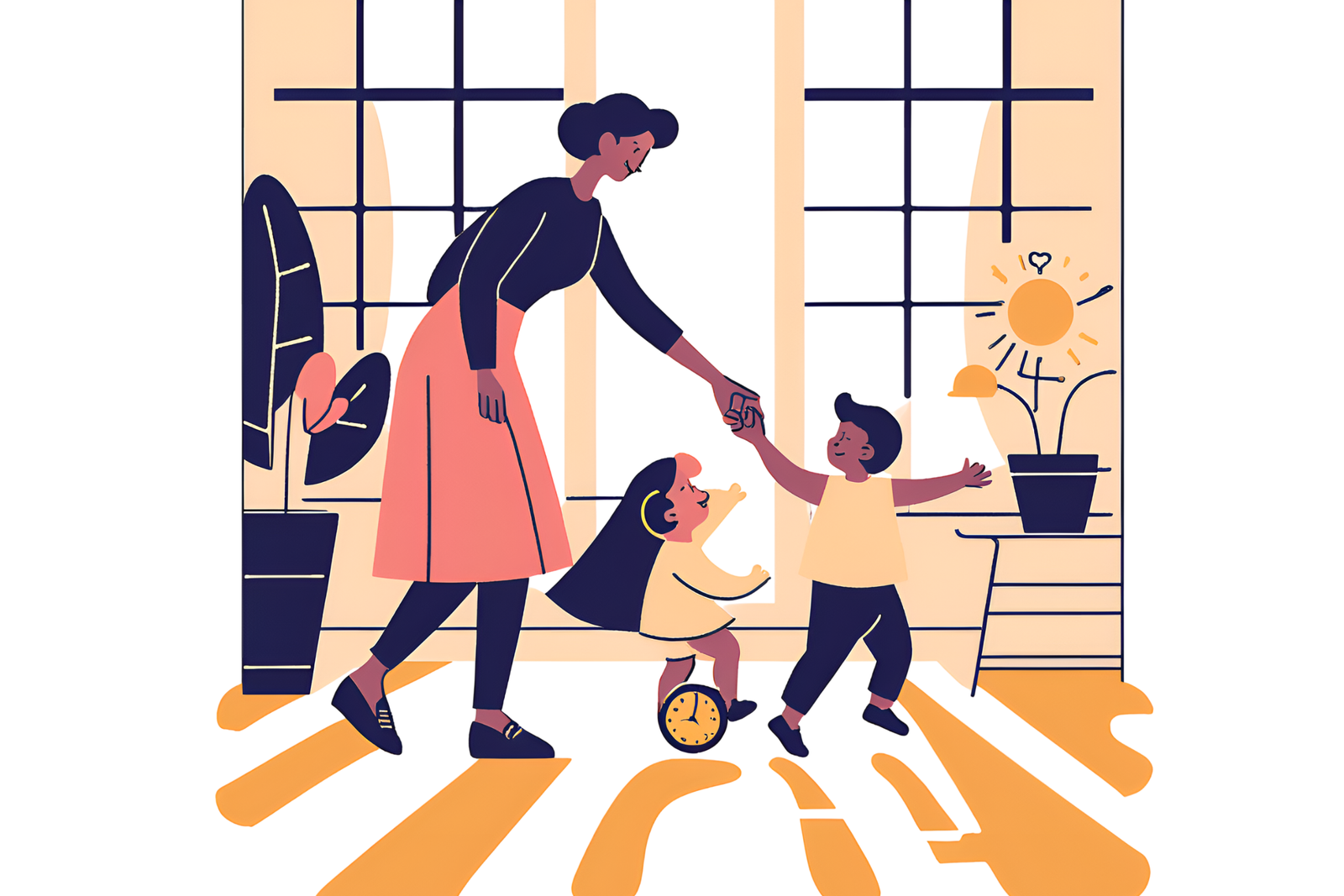
When to Consult Your Pediatrician
While most babies walk between 9-18 months, contact your doctor if you notice:
-
No pulling to stand by 12 months
-
No independent steps by 18 months
-
Persistent tiptoe walking after 6 months of practice
-
Significant asymmetry (favoring one side)
-
Loss of previously acquired skills
Remember, every child develops at their own pace. The best way to encourage your baby to walk is through patient, playful practice that celebrates small victories. Before you know it, you’ll be chasing your little explorer everywhere!
🔗 SEO Boosters
-
Internal Link:
- When do babies starts walking? (Pediatrician’s timeline)
-
External Links:
💬 Share with us:
“Which tip will you try first? Share in comments! 👇”
